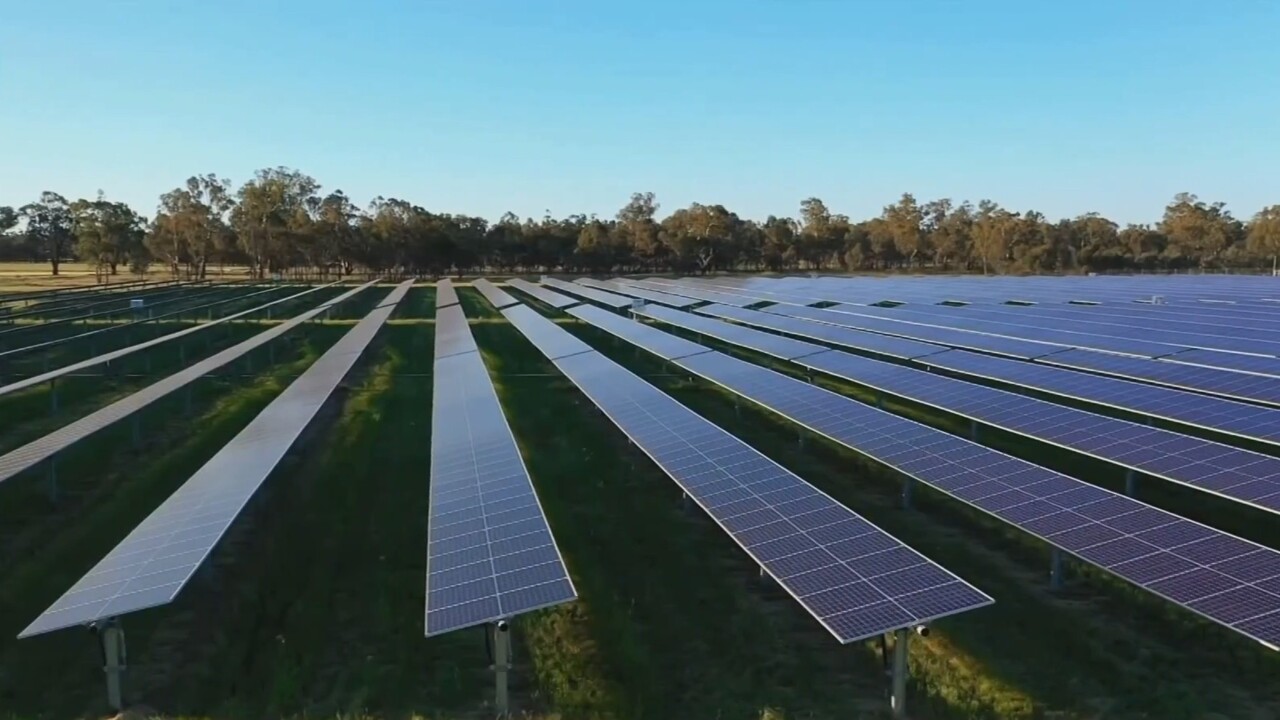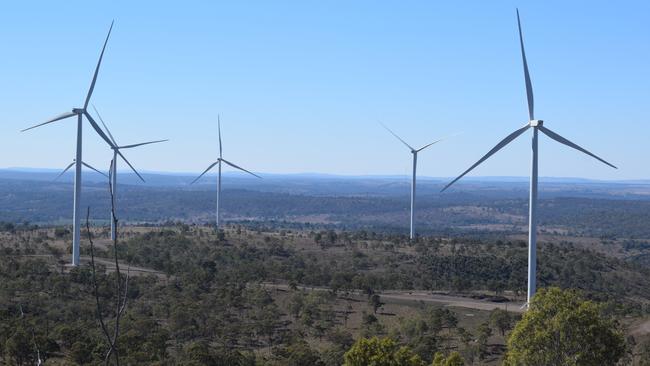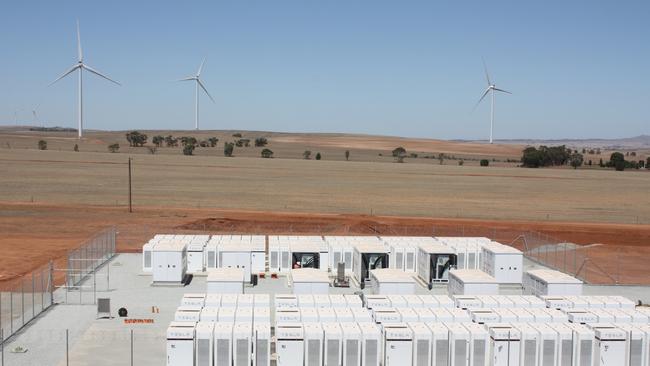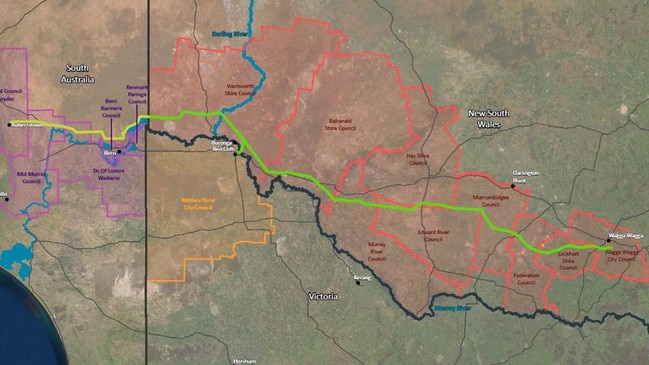This $500 billion plan to transform Australia is already well underway
Experts have revealed the details behind Australia’s critical energy transition including a massively revised price tag.

The cost of transitioning Australia to renewable energy would range around $500bn, new estimates from the CSIRO have shown.
While the price is high, it’s half of what the organisation believed it would cost back in 2017, with change happening in some areas much faster than expected.
The main reason for this is an explosion of new technologies and more cost effective ways to create, store and transport clean energy.
CSIRO’s chief energy economist Paul Graham said renewables had actually become cheaper than creating new fossil fuel power stations as current stations reached the end of their asset life.
“It’s been clear for a number of years that the cost of renewables is falling and it is now the lowest cost new build technology,” Mr Graham said.
“To be clear, the cost would be greater if we decided to rebuild coal.

“That’s not controversial – it’s the mainstream view held by the industry itself who are the primary investors.”
Despite some fears over the cost of the transition on the consumer, Mr Graham says high power bills, which peaked around 2019, were “more about our existing structure than our future one”.
“That was actually to do with outages and higher gas prices. What we think will happen now is that retail prices will settle and stay fairly low,” he said.
“If anything, renewables tend to suppress electricity prices because they’re not influenced by fuel prices or global markets in the same way that fossil fuels are.”
While much of the innovation is coming from the private sector, it is backed up in billions of dollars worth of investment from the government on behalf of the taxpayer.
The government-funded Clean Energy Finance Corporation (CEFC) has already invested close to $9.5bn to support low emissions technologies.

According to Australian government projections, the share of electricity generation coming from renewable sources will reach 50 per cent by 2030.
Last year, renewables accounted for 24 per cent of the nation’s power.
Individually, South Australia and Tasmania have both already surpassed the 50 per cent target.
One of the unique challenges facing Australia is the vast distances between major cities where the bulk of the demand lies.
Last year, the CEFC announced its largest single investment ever of $295 million towards infrastructure connecting the power grids of South Australia, NSW and Victoria under Project EnergyConnect.
The project includes a 900km interconnector between Wagga Wagga in NSW and Robertstown in South Australia.

Major battery storage projects are also changing the game, including the southern hemisphere’s largest battery – a 300 megawatt giant built just outside Geelong.
The purpose of battery storage is to “firm” the grid for when the sun doesn’t shine and wind doesn’t blow – a role currently provided by coal and gas resources.
But Mr Graham says that is changing very quickly, with major storage infrastructure projects either well underway or already completed.
“There’s already an awful lot happening in this space,” he said.
That includes Victoria’s battery near Geelong, South Australia’s world famous Tesla big battery and NSW’s Snowy 2.0 pumped hydro scheme.


